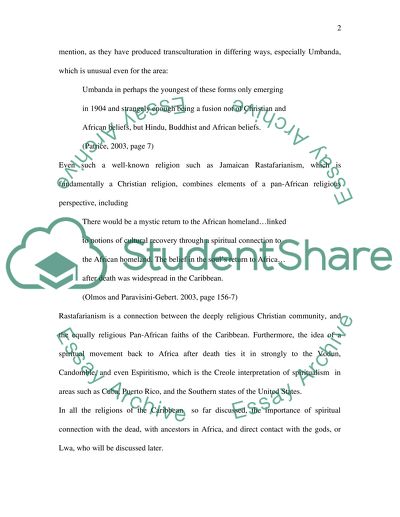Cite this document
(“Religions of the Caribbean and Latin America Essay”, n.d.)
Religions of the Caribbean and Latin America Essay. Retrieved from https://studentshare.org/miscellaneous/1530108-religions-of-the-caribbean-and-latin-america
Religions of the Caribbean and Latin America Essay. Retrieved from https://studentshare.org/miscellaneous/1530108-religions-of-the-caribbean-and-latin-america
(Religions of the Caribbean and Latin America Essay)
Religions of the Caribbean and Latin America Essay. https://studentshare.org/miscellaneous/1530108-religions-of-the-caribbean-and-latin-america.
Religions of the Caribbean and Latin America Essay. https://studentshare.org/miscellaneous/1530108-religions-of-the-caribbean-and-latin-america.
“Religions of the Caribbean and Latin America Essay”, n.d. https://studentshare.org/miscellaneous/1530108-religions-of-the-caribbean-and-latin-america.


